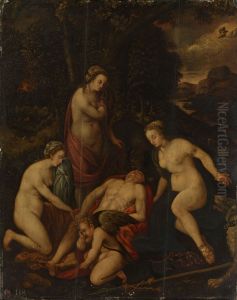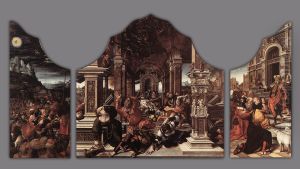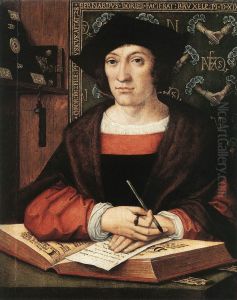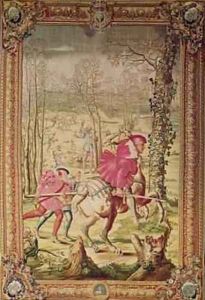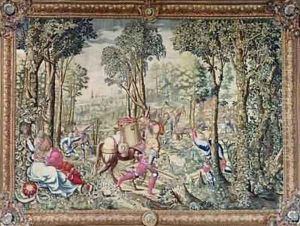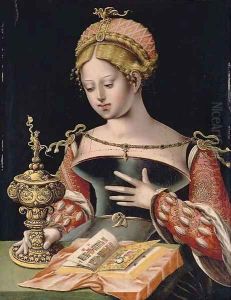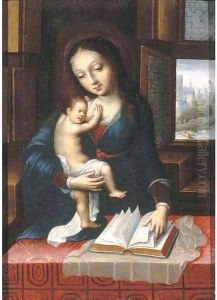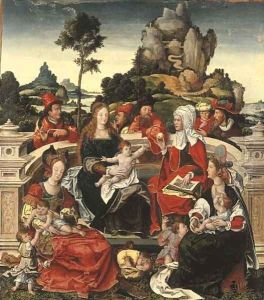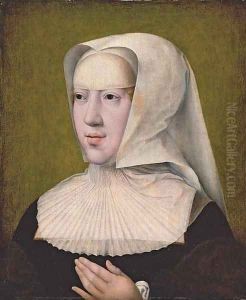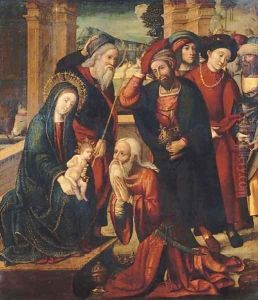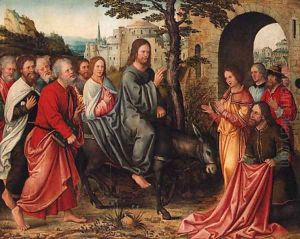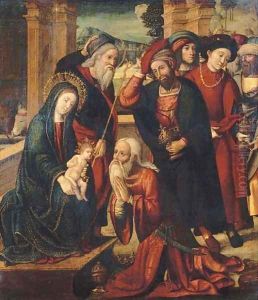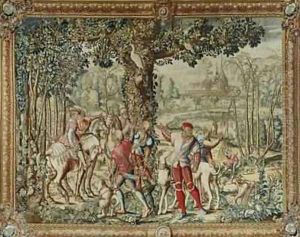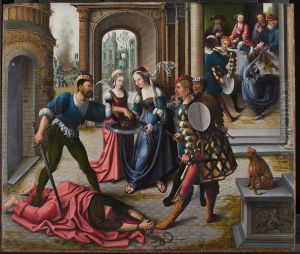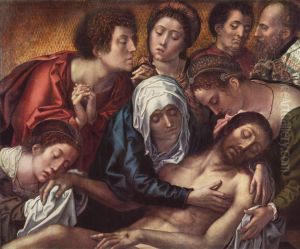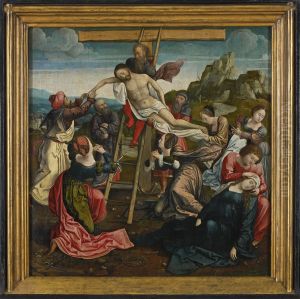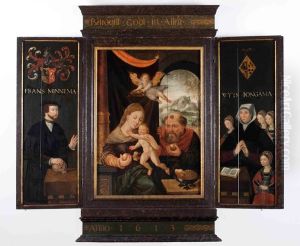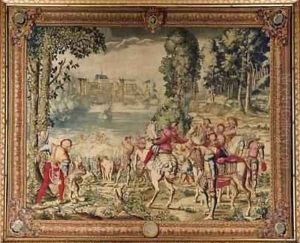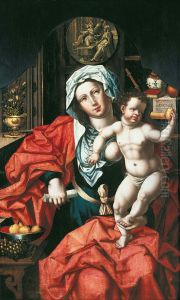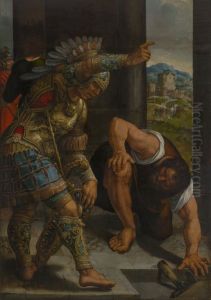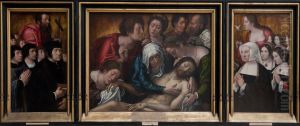Orley, Bernard van Paintings
Bernard van Orley was a pivotal figure in the Northern Renaissance, born around 1488 in Brussels, which was then part of the Habsburg Netherlands. He hailed from a family of artists; his father, Valentin van Orley, was also a painter. Bernard van Orley's career flourished in the early 16th century, a period marked by significant transformations in European art, with the Renaissance ideals gradually permeating northern Europe. Van Orley played a crucial role in this artistic evolution, integrating the detailed Flemish painting tradition with the Italian Renaissance's emphasis on perspective, anatomy, and proportion.
His work spanned various mediums, including painting, tapestry design, and stained glass, showcasing his versatility and mastery over different forms of art. As a painter, he is best known for his religious compositions, portraits, and altarpieces, characterized by their vivid detail and emotional depth. One of his most significant contributions was to the realm of tapestry design, where he collaborated with the Brussels tapestry workshops, producing designs that were renowned across Europe for their intricacy and elegance.
Bernard van Orley served as a court painter to Margaret of Austria, regent of the Netherlands, and later to her nephew, Emperor Charles V. This position allowed him to influence the artistic tastes of the Habsburg court and secure commissions that were pivotal in the spread of Renaissance styles in the north. His works during this period reflect a blend of the Gothic tradition with Renaissance innovations, a synthesis that was instrumental in defining the Northern Renaissance aesthetic.
Despite his contributions to art and his influence on his contemporaries and successors, Bernard van Orley's name is not as widely recognized as some of his Renaissance peers. However, his legacy lives on through his paintings, tapestry designs, and the impact he had on the Northern Renaissance. Van Orley's ability to bridge the gap between the Flemish artistic tradition and the Italian Renaissance's innovations makes him a significant figure in the history of European art. He died in 1541 in Brussels, leaving behind a body of work that continues to be studied and admired for its beauty and historical importance.
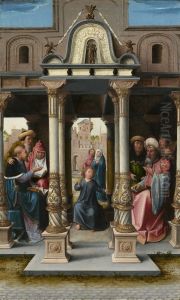
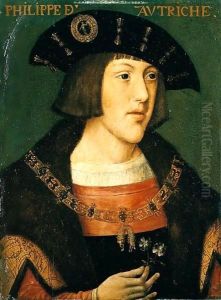
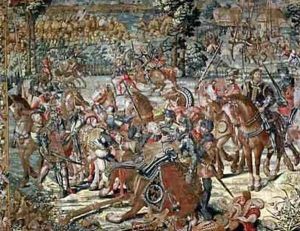
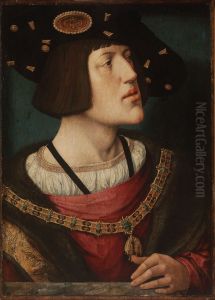
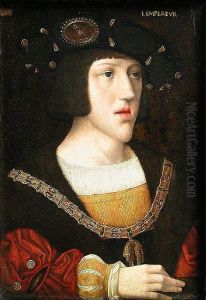
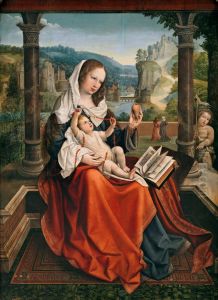
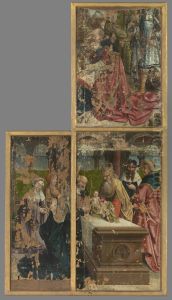
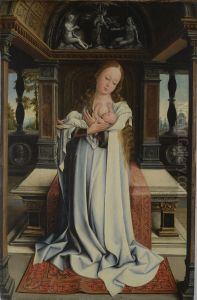
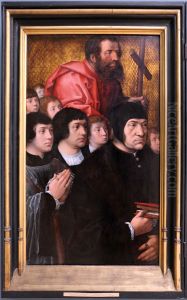
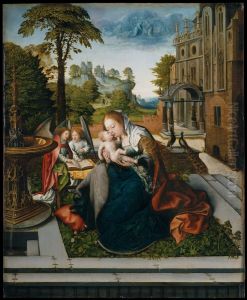
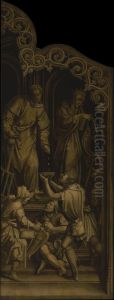
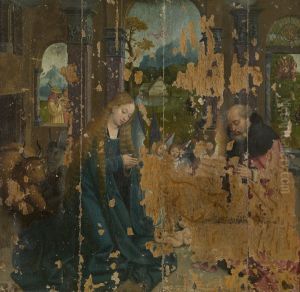
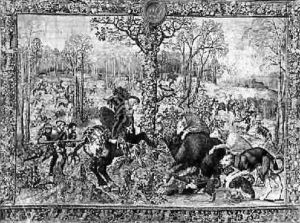
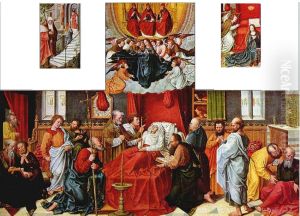
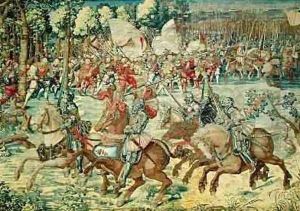
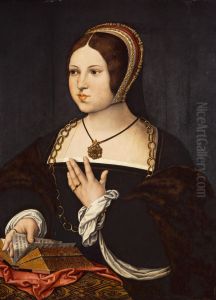
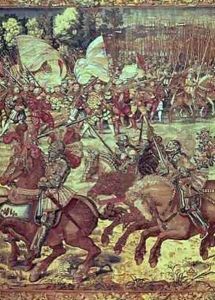
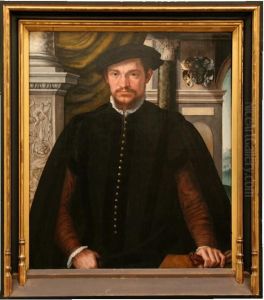
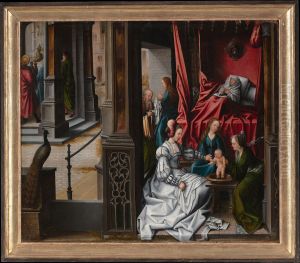
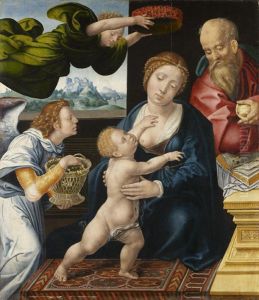
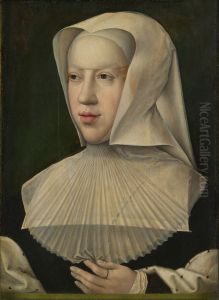
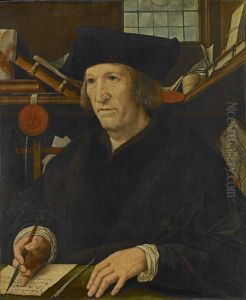
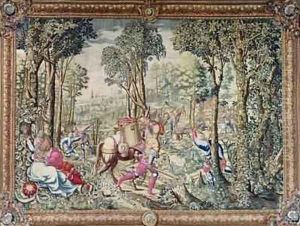
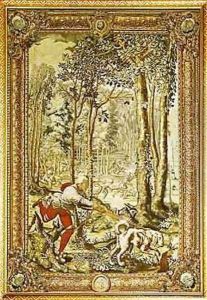
![Putto with Arms of Jacques Coene [reverse]](https://www.niceartgallery.com/imgs/4638525/s/orley-bernard-van-putto-with-arms-of-jacques-coene-reverse-e7f339df.jpg)
